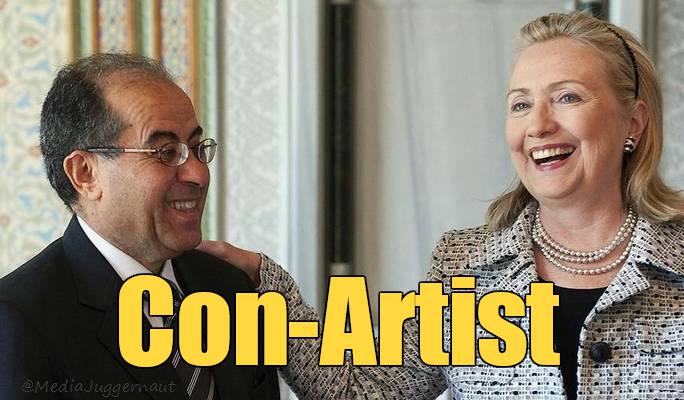

In an interview with VOA, Grueskin said that although there was evidence of Russian misconduct in 2016, “There are also many incidents when Trump's conduct toward Vladimir Putin showed tremendous obeisance.”īecause of that, Grueskin told VOA, "There was a tendency to believe the worst.” “When a well-known liar tells you that something is false, the instinct is to believe that it might well be true." " Washington Post fact-checkers would eventually catalog more than 30,000 Trump falsehoods during his term in the White House,” Grueskin wrote. One of the answers, the essay suggests, is Donald Trump's personality. In mid-November, Grueskin published an essay in the opinion section of The New York Times, headlined: “ How did so much of the American media get the dossier so wrong?” The article is still available online, along with a note at the top informing readers that, ‘the allegations are unverified, and the report contain errors.”įor Bill Grueskin, a professor at Columbia University’s journalism school, the discredited dossier is an example of the complexity journalists deal with when deciding whether to publish. A note on the 2017 article said that details have since been contradicted, including that Belarusian American businessman Sergei Millian was a source for the dossier.Įxecutive Editor Sally Buzbee was cited in a Post article about the changes as saying the paper “could no longer stand by the accuracy of those elements of the story.” Previously Millian had denied that he had helped Steele with the dossier.ĬNN, in an article headlined: “The Steele Dossier: A Reckoning” said that subsequent lawsuits and investigations had “discredited many of central allegations,” and raised questions over the “political underpinnings of some key explosive claims.”īuzzFeed, meanwhile, has stood by its original decision to publish the dossier. The Washington Post, for example, removed and corrected sections from two articles published in 20, and removed a video that summarized an earlier article.

news outlets have updated or corrected past reporting on the story. media to their earlier reporting on the so-called Steele dossier underscores the need for transparency to maintain credibility and the audience’s trust, analysts say.įirst published by the news website Buzzfeed, details from the dossier contained explosive allegations of conspiracy between then-presidential candidate Donald Trump and Russia, and it became a focus of heavy news coverage in the closing days of the 2016 presidential election.īut several of its damning claims were later found to be unsubstantiated and a federal indictment unsealed in early November revealed charges against the analyst, Igor Danchenko, who allegedly collected some parts of the dossier, for lying to the FBI.


 0 kommentar(er)
0 kommentar(er)
